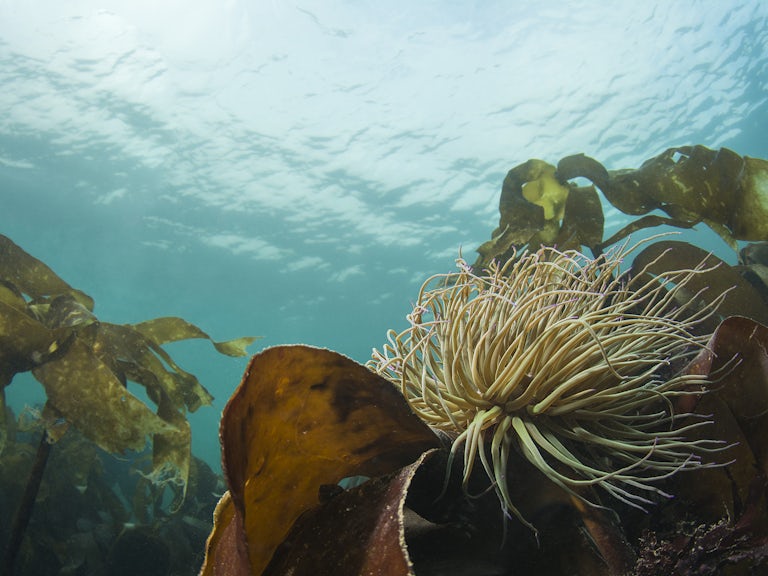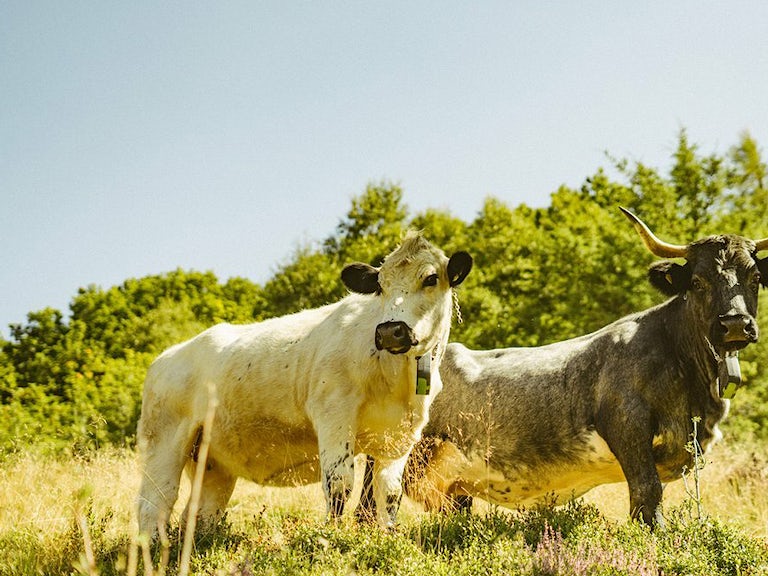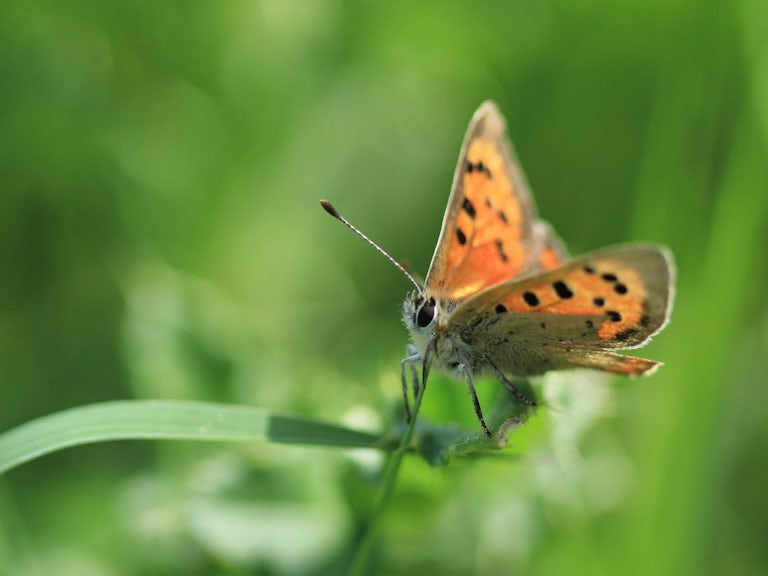Yearn Stane
Local network
Restoring wildlife to the west side of Scotland’s central belt, including Renfrewshire, North Ayrshire and Inverclyde.

The Yearn Stane project was established in 2018 by local groups Eadha and Starling Learning with one ambitious vision — to restore natural processes in the area for the benefit of wildlife and people, and to improve the resilience of local communities to climate change and other pressures.
The Yearn Stane Project aims to enhance the ecology of a large area on west side of Scotland’s central belt, including Renfrewshire, North Ayrshire and Inverclyde, covering around 10,000 hectares. The area includes one of Scotland’s most accessible areas of wild land – The Renfrewshire Heights. It has been described by NatureScot as ‘open, rolling moorland dissected by steep-sided glens and punctuated by several small but steep peaks’. Yet, unlike many areas described as wild, 2 million people living within 30 minutes of the the area.
The landscape has been scarred by a long history of drainage, with very little native woodland and no natural regeneration. These denuded rolling plains aren’t just bad for wildlife. They contribute to regular and serious flooding to local communities.
Species which have become extinct or have all but disappeared from the area within the last twenty years include Dunlin, Golden Plover, Hen Harrier, Ring Ouzel, Adder, Black Grouse, Water Vole, and Mountain Hare. There are also declining relic populations of Aspen, Bog Myrtle, Juniper, and Bog Rosemary.
The lowlands have lost most of their farmland bird populations including Lapwing, Redshank and Corn Buntings due to changes in farm practices. Viewed over time there has been a huge loss of biodiversity and it is still in decline.
People are Key
People are absolutely key to the re-imagining and rewilding of this land. Social problems and adverse deprivation are widespread in the west central belt. According to the Scottish Government’s Scottish Index of Multiple Deprivation, published January 2020 settlements and areas of Renfrewshire, North Ayrshire and Inverclyde are among the most acute for unemployment, drug and alcohol abuse, poor health and high mortality rates throughout Scotland. Many people in these areas have no link to nature through lack of money or lack of understanding of how to access the countryside and the benefits it brings. The health and social decline in our communities is mirrored in our degraded landscapes.
Locals are in the driving seat, our Yearn Stane team all live and work in the project area and are well placed to realise the huge potential benefits for those living in nearby settlements. Years of working in conservation and environmental education means our team have the skills to reconnect people with the landscape. Currently the Yearn Stane Project provide advice to a wide variety of groups including schools, community groups, local authorities, businesses, individuals and landowners. Advice ranges from wildlife gardening, wildlife identification, ecological information relating to developments, grants from the Scottish Rural Development Programme and land management such as tree and hedgerow planting.
The project is now in active discussions with several local land managers to plant trees, restore peat bog and store carbon — allowing them to qualify for carbon credits. This local level action will all contribute to the project’s overarching ambition. The Yearn Stane Project is quite different, in that, our efforts are focused on a semi urban area, where its benefits will resonate with potentially, millions of people. We plan to have community involvement at the heart of all our activities, with opportunities to volunteer, learn new skills and outdoor learning for all ages.
The project has already been involved in the restoration of land in the area, including planting aspen and native trees, the creation of new school tree nurseries and working with local communities.
Aspen expert and Eadha Enterprises founder Peter Livingstone is working with SEPA and Ayrshire farmers to identify and repair areas where cattle are eroding river banks by planting aspen trees. They’re also working with the local crematorium run by Horizon near Largs to introduce native species, whilst the Malcolm Group are supporting native tree planting on their landfill sites in Renfrewshire and North Ayrshire. Eadha is also coordinating monthly tree planting sessions with staff from local IT company, Hewlett Packhard. They are also promoting the use of aspen in agroforestry through a Rural Innovations Support Service (RISS) Group coordinated by the Soil Association Scotland.
Watch this video to find out more about the project.

The Rewilding Network
The Rewilding Network is the go-to place for projects across Britain to connect, share and make rewilding happen on land and sea.
Want to get involved?
If you’re interested in rewilding your garden, school, or you manage or own land, get in touch with the Yearn Stane team via their facebook.



